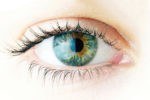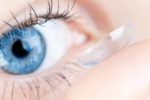Children’s Eye Health and Safety Month
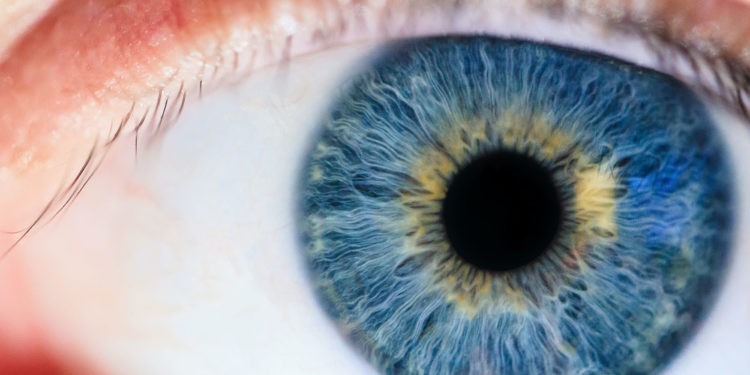
Going back to school each year means more than just school supply shopping.
Even though 2020 has been a year for unprecedented changes around the world due to the novel coronavirus, this year can also provide the opportunity to gain clearer vision on children’s eye safety. An eye injury can happen at any time and in any place. Employing adequate prevention is your best defense and could probably eliminate most eye injuries. Nearly 50% of injuries occur during sports and recreational activities and involve children and teenagers more than any other age group.
Keeping children’s eyes safe is an integral part of maintaining healthy vision. Dr. Erin Stahl, Pediatric Ophthalmologist and Section Chief of Ophthalmology at Children’s Mercy understands the importance of keeping an eye on one of our most treasured senses.
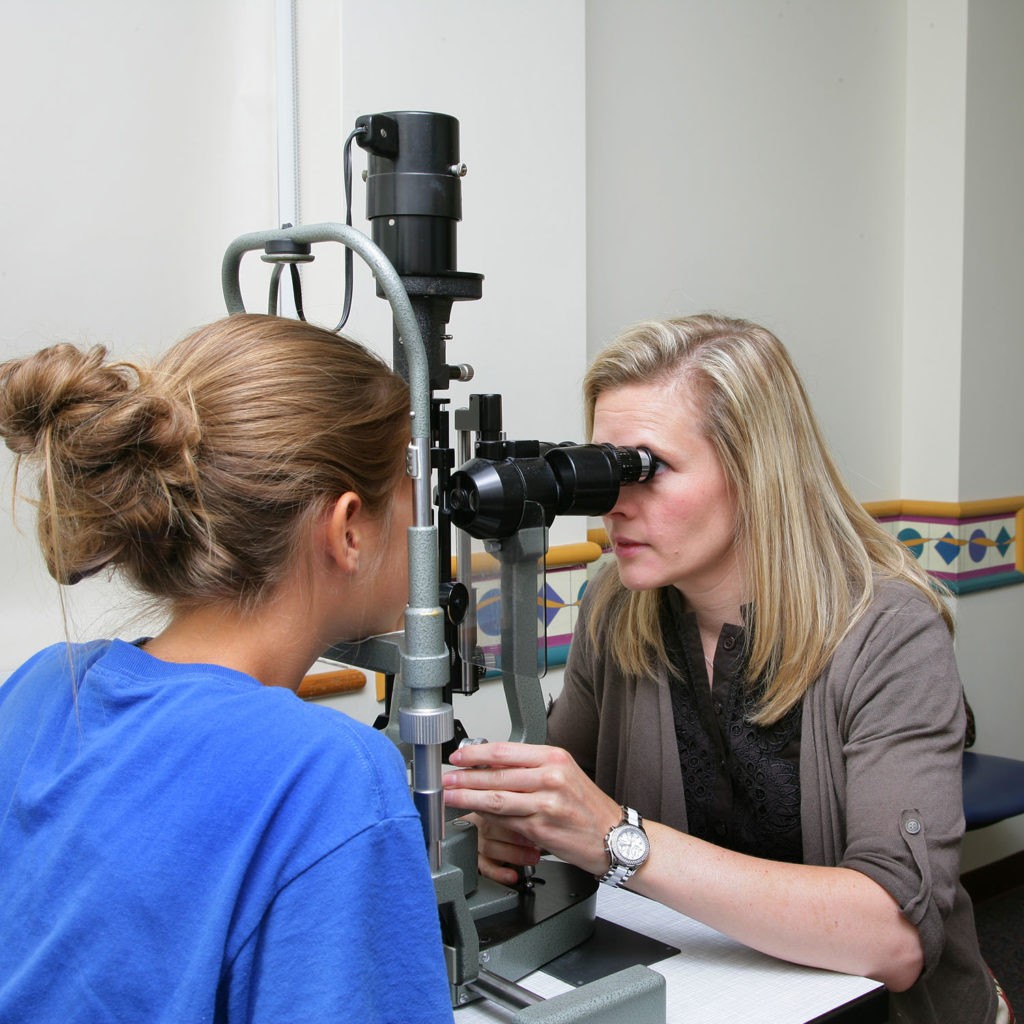
Symptoms of vision issues
The most common complaint among school-aged children when it comes to vision loss is being unable to see the board at the front of the classroom.
“For school-age children, squinting is a common sign of vision problems,” emphasized Dr. Stahl. “Kids may also indicate they are having difficulty seeing things at school.”
In order to keep pace with any potential changes in a child’s vision, annual well-child appointments with a pediatrician are an integral part of the overall health equation for children.
“A child’s pediatrician should conduct a vision screening at every well-child appointment and should be competent at identifying things that might require a follow-up visit with an eye specialist,” stated Dr. Stahl, who explained that while a comprehensive eye exam is not usually recommended for young children, if there is a family history of eye issues, a full comprehensive eye exam may be indicated.
“Usually the pediatrician does the basic screening, and if there is anything in question, the pediatrician will move the child along the system,” she explained.
Sports and protective eyewear
Sports that involve high velocity ball action tend to be the most dangerous, and these can include baseball, basketball, soccer, golf, tennis, hockey, lacrosse, squash and racquetball, for example.
“Baseball is the sport we worry about the most,” said Dr. Stahl. “In softball, typically a face shield is required, but not in baseball. When a ball hits the eye, it can cause damage due to its size and the velocity at which it travels. The injuries we see in this regard are more devastating. We recommend baseball glasses, especially for the younger children who are typically less coordinated than older kids and therefore are more susceptible to injury.”
Dr. Stahl recommends safety glasses which are rated to take an impact for young baseball players.
“With sports such as wrestling and boxing, blows to the face can contribute to eye injuries, as there is no way to fully protect the face,” Dr. Stahl added. “With basketball, corneal scratches are a concern.”
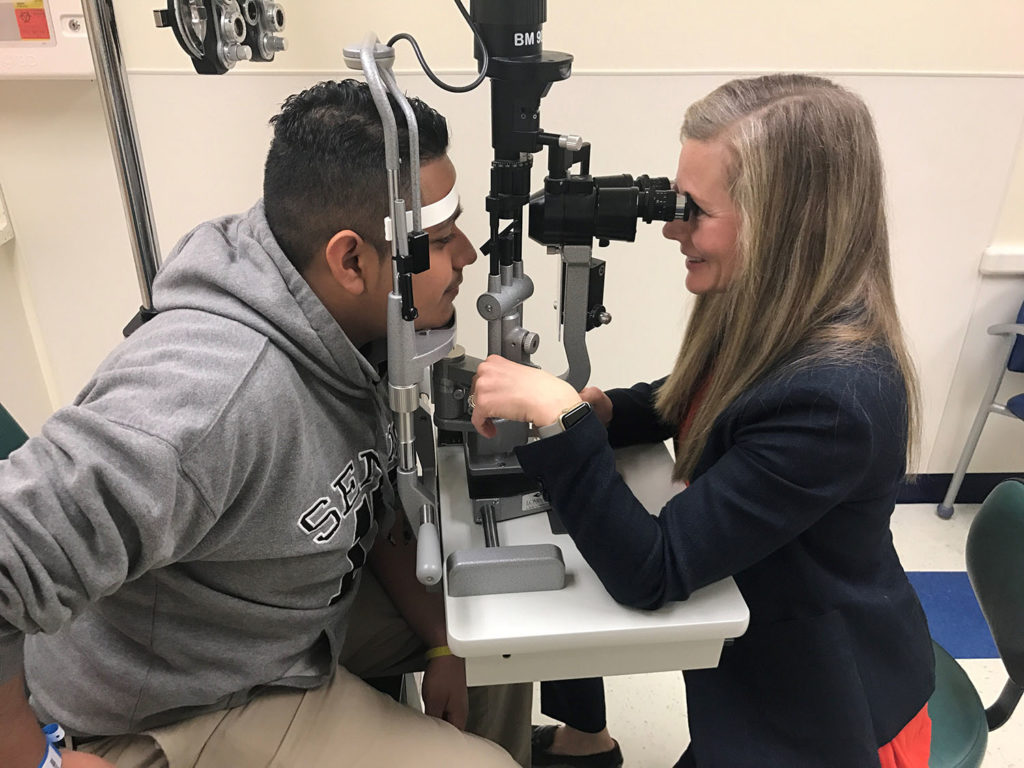
Common toys and household items that can lead to eye injuries
Kids love toys. After all, they are fun, engaging and entertaining. However some of them can be dangerous, especially to the eyes. According to Dr. Stahl, paint ball guns, pellet guns and BB guns can cause serious injuries. While Dr. Stahl discouraged access to these, if kids do insist on playing with them, she strongly suggests the use of eye protection.
“Even Nerf guns can cause injuries if the pellets strike within close range,” she cautioned.
Numerous household items can also contribute to eye injuries. These include forks, coat hangers, rubber bands, kitchen gadgets, and gardening tools. Lawn mowers have the potential to propel rocks or particles toward the eyes. Whenever using potentially eye-damaging materials around the home, it is essential to wear safety glasses, and children should always be protected from exposure to vision-threatening situations.
Other potential dangers to young eyes include exposure to chemicals, such as common household products that may be accidentally sprayed into the eyes. Tide pods, or other types of liquid detergent packs also pose potential threats to eye health.
“These pods often look like candy, so if a young child bites into one, the contents could spray into the eye, which can cause a significant reaction on the surface to the eye,” Dr. Stahl warned.
Computers and screen time
“We advocate for a balanced approach when it comes to screen usage,” noted Dr. Stahl, who suggested that it is a wise idea to limit kids’ screen time and have them go outside and do other things to give their eyes a break.
“However, pediatric recommendations discourage screen time for any child under the age of two,” she expressed.
Exercise caution even when applying and wearing make-up
When wearing makeup, it is important not to share products that are directly applied to the eyes or eyelids, as those are breeding grounds for bacteria.
“We also do not recommend drawing with an eyeliner on the inside of the eyelash margin,” stated Dr. Stahl. “Even using a mascara brush should be done with care, as it can scratch the eye. A scratched cornea can become infected and is often quite painful.”
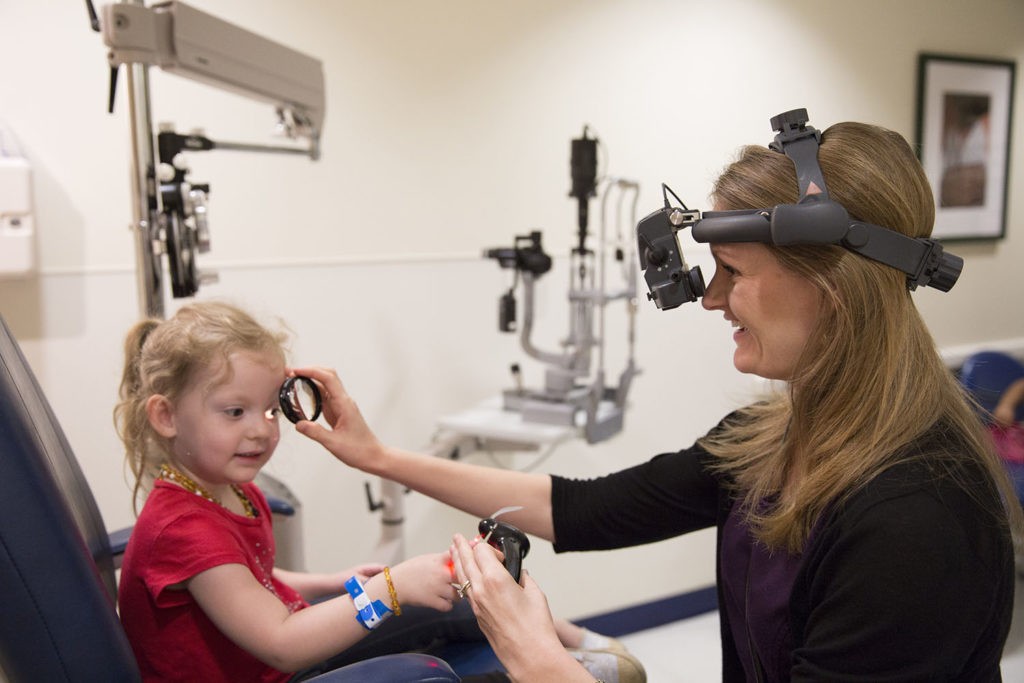
Other common sense strategies and dealing with COVID-19
Even the simple act of rubbing your eyes can provide an open invitation to bacteria and potentially expose the eyes to any virus or germs on the hands. Allergies can also enter through the eyes.
And with all the news surrounding COVID-19, the eyes are no exception when it comes to exercising caution.
“It has been reported that the eyes may be a route of transmission for the coronavirus to enter the body,” said Dr. Stahl. “Simply put, avoid touching your face.”
If a child sustains an eye injury of any kind, please consult an ophthalmologist as soon as possible. If a sharp object has penetrated the eye, do not attempt to pull it out. Transport the child to the emergency room as soon as possible. Blunt or sharp injuries should be assessed by an ophthalmologist, as many injuries may not be apparent from the outside of the eye.
It just makes sense to protect a child’s sense of vision
Now that the days are getting warmer and longer, kids are probably spending more time outdoors. Even when just relaxing by the pool, it is imperative to exercise eye safety measures every day. Dr. Stahl suggested the use of sunglasses with UV protection when outdoors.
“These protect not only the eyes but also the skin around the eyes, protecting that area from skin cancer,” she emphasized.
If you want your child to have a successful school year, a part of that success plan rests in assessing your child for any potential vision issues and incorporating safety measures as needed to ensure their eyes remain free from injury.
Source: yoursightmatters.com, aapos.org
